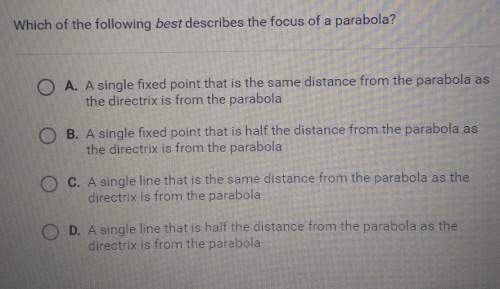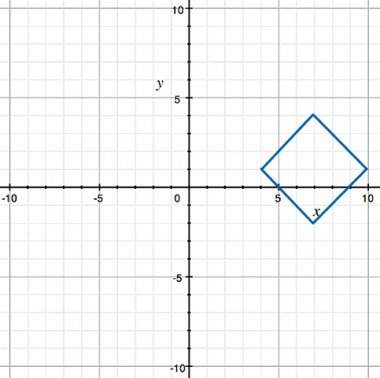
Mathematics, 28.05.2021 06:40, edog32
A researcher hypothesizes that individuals who listen to classical music will score differently than the general population on a test of spatial ability. On standardized tests of spatial ability, the population mean is 58. A random sample of 14 individuals who listen to classical music is given the same test. Their scores are 50, 57, 61, 65, 56, 53, 63, 67, 55, 60, 54, 64, 62, 60.
a. Is this a one- or two-tailed test?
b. What are the null and alternative hypotheses for this study?
c. Compute t obtained.
d. What is t critical value?
e. Should the null hypothesis be rejected? What should the researcher conclude?

Answers: 2
Other questions on the subject: Mathematics

Mathematics, 21.06.2019 19:00, katherinemartinez173
Simplify. −4x^2 (5x^4−3x^2+x−2) −20x^6−12x^4+8x^3−8x^2 −20x^6+12x^4−4x^3+8x^2 −20x^8+12x^4−4x^2+8x −20x^6+12x^4+4x^3−8x^2
Answers: 1



Mathematics, 21.06.2019 23:10, paradisetiyae5261
Use the distance formula to find the distance between (-3,5) and (3,1)
Answers: 1
Do you know the correct answer?
A researcher hypothesizes that individuals who listen to classical music will score differently than...
Questions in other subjects:


Mathematics, 05.09.2020 04:01















